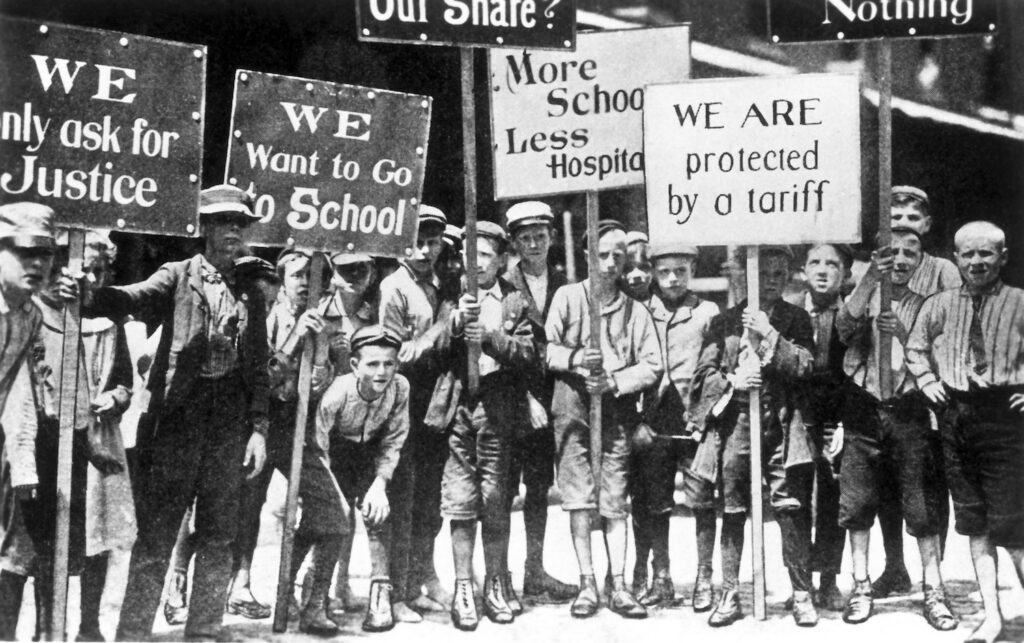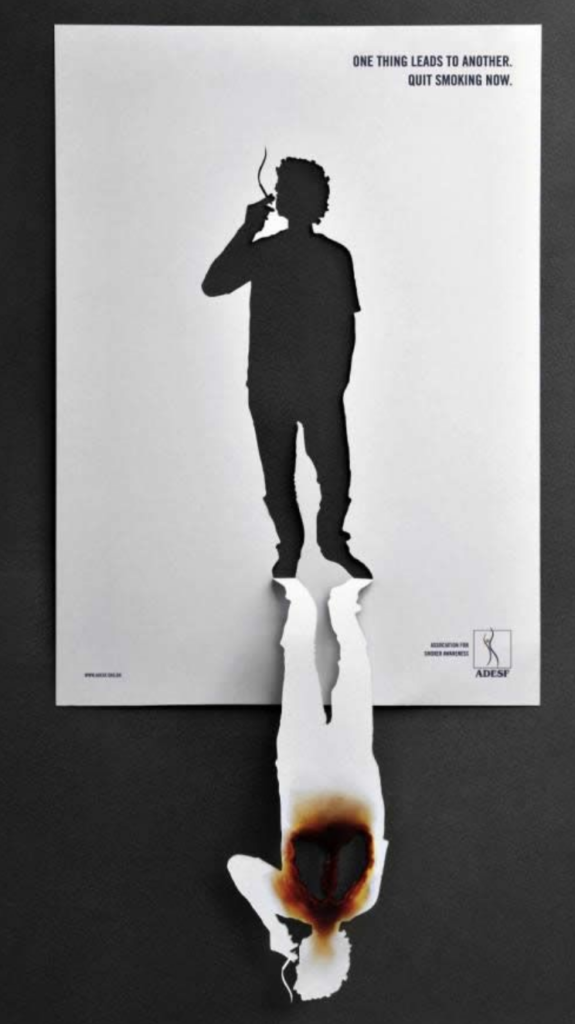Philly’s First General Strike
Since we are working digitally to create a modern form of poster, I wanted to look at the history of posters, specifically in political/social contexts. I initially thought to start with Martin Luther’s posting of his 95 Theses and the invention of the printing press but I’ll spare you the 5 centuries worth of history… I wanted to look at the first protests and strikes in America and found that the first general strike, in which most of a region’s labor force participates, actually happened in Philadelphia. In 1835, coal workers went on strike to demand a 10 hour workday. Given Philly’s history as a political hub and industrial center, it’s interesting to see how it’s remained a major player in American politics and the home of countless revolutionary protests. The picture above is from a 1902 child labor strike also in Philly. The slogans on their posters are simple and cleanly designed, which only draws attention to the blunt cruelty of their situation. The use of slogans and short catchphrases continues today, I think because the impact of the slogan lies in the fact that it is so digestible — succinct in capturing an entire movement.

